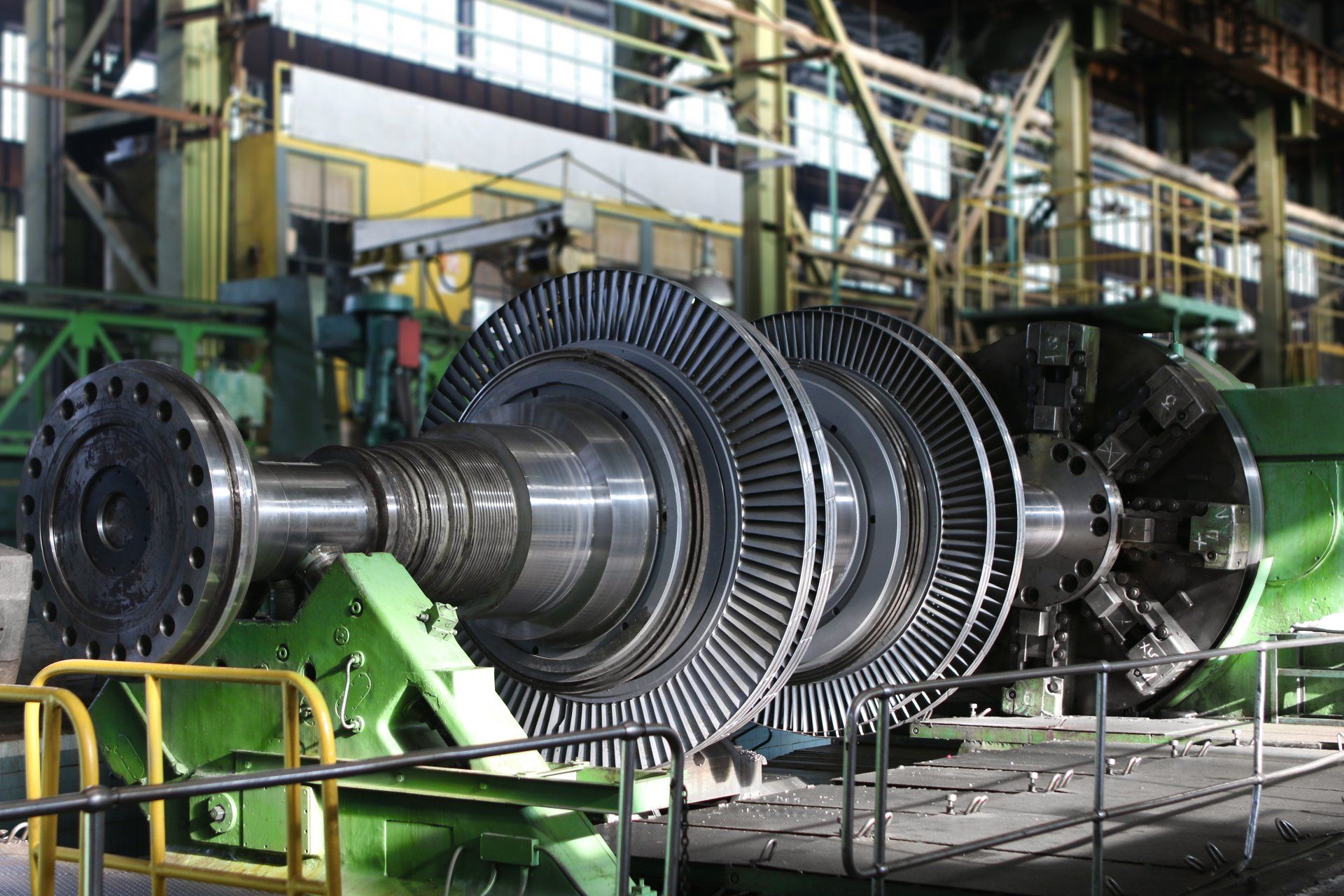What Sustainability Requires
Building a sustainable transportation device

Following the preceding blogpost, what’s the answer of how to design a device that can manipulate gravity?
An artist usually begins with a blank canvas. The builder begins with a blueprint and awaiting tools. To make a machine, the first step is to create a design, then building a prototype. The inventor begins with a goal to solve a problem, or a way to make something easier.
For what we need, at least the problem is clear: how to attain sustainability. Okay, in being honest; the key word of that phrase couldn’t be more ambiguous. Webster’s defines sustainable: of, relating to, or being a method of harvesting or using a resource so that the resource is not depleted or permanently damaged. When considering sustainability to an urban environment, there are a myriad of issues. Regarding life; there are countless concerns this addresses. Every aspect of life touches something else.
What people are led to believe as sustainable solutions are often faux substitutes. Specifically, as an example, California banned plastic straws in the name of environmentalism. CA legislators banned using plastic straws but, the law said nothing regarding the plastic cup or its plastic lid. How does this add credibility to the legitimacy of any environmental concern? This type of governmental approach is ridiculous. There is no excuse for this level of insulting stupidity.
CATTCC is organized to implement advanced transportation technology. Our objective is to educate the public, encourage and promote efficient transportation technology, to help design and develop a totally new mode of sustainable transportation.
The foundation of sustainable solutions in urban growth can only be resolved with its transportation. Efficient methodologies of transportation are sustainable. Automobiles are unsustainable: environmentally, economically, and socially.
In the book, Rising From Unsustainable: Replacing Automobiles and Rockets, the first four chapters talk about the current condition of urban growth and steps to take towards becoming sustainable.
Efficient transportation is the only way to attain sustainability for transportation. With sustainability being an urgent social demand, does anyone know what efficient transportation is? CATTCC does, it is in agreement with the perspective of Viktor Schauberger: the most accurate guide towards efficient energy for transportation.
What do we have to work with in current transportation technology?
What are transportation’s current methodologies? Chemical and reactionary physics to centrifugal force: to push a device with propulsion motion. At every level there is resistance.
From the blogpost, Impacts of the automobile centric land-use design:
The result of basing our culture on an unsustainable single source for mobility gives us uncontrollable traffic congestion, destructive stress-related behavior, reduced productivity due to commute time, increasingly negative social impacts from the isolationism of single-occupancy vehicles, high fuel costs, declining air quality, and a loss of prime production farmland.
Society recognizes the problem. Sustainability is important. One of the most critical issues for sustainability is urban growth and transportation. But, current transportation presents no solution.
Automobile-oriented areas are unfriendly to any other form of transportation. Not only is walking on a freeway hazardous, it’s illegal. Freeway systems are visually intrusive, noisy, stressful to navigate with so many rude and bad drivers, the vehicles generate negative impacts of poor air quality, and with fuel costs at the pump, have produced negative impacts to local economies. Society needs transportation methods that alleviate all levels of harm to reach sustainability.
According to the Bureau of Transportation Statistics, there were 36,560 automobile-related fatalities in 2018. Combining figures from the National Safety Council (NSC) show that for every 100 million miles traveled in the early 2000s, there were 182.5 accidents and 2.19 fatalities. The current rate is 12.0 fatalities per 100,000 population.
Regarding space flight, here is a section from the blogpost, Building for fast space travel:
Designs in ultra-fast speed of space travel have no allowance for friction
To design a proper vehicle to fly in space, there can be no conflict from friction. For a vehicle to travel near lightspeed, or reaching lightspeed, requires a vehicle using complete energy efficiency. Where can this be found?
All of human effort with current rocket launch technology has attained 0.000037279123279345 lightspeed.
What will it take to reach a fast enough speed essential for space travel? It requires a different perspective when considering the question. Chemical explosions for propulsion are a technological embarrassment. Current rocket launch technology’s approach is “bigger bombs”. An explosion releases its energy in 360 degrees. The trajectory of a rocket is 1 degree. Even people with low math skills are able to figure out that 360 minus 1 equals 359. Rocket scientists have captured more than one degree of energy release, nonetheless, it still means chemical explosions as a method of propulsion are extremely inefficient.
Following the leader is for people inside the box. Faster speeds needed for space travel demand a fresh perspective for innovation
What’s the solution? The solution begins by asking questions that provide a fresh perspective. Why propulsion? Is there a requirement mandating propulsion as the only option for space travel? What’s the most abundant force in the universe? How did the Parker spacecraft reach 300,000 mph? It wasn’t by propulsion. It reached that speed by the attracting gravitational force of a larger body.
Consider a fully accelerated racecar on a superspeedway, how does a stockcar gain more speed? With aerodynamics and the attractive force of momentum. This provides contemplation to the concept of gravity waves.
Although ideas are useless without implementation, innovation requires unconventional thought with a different perspective. CATTCC considers that gravity holds the solution for sustainable transportation.



